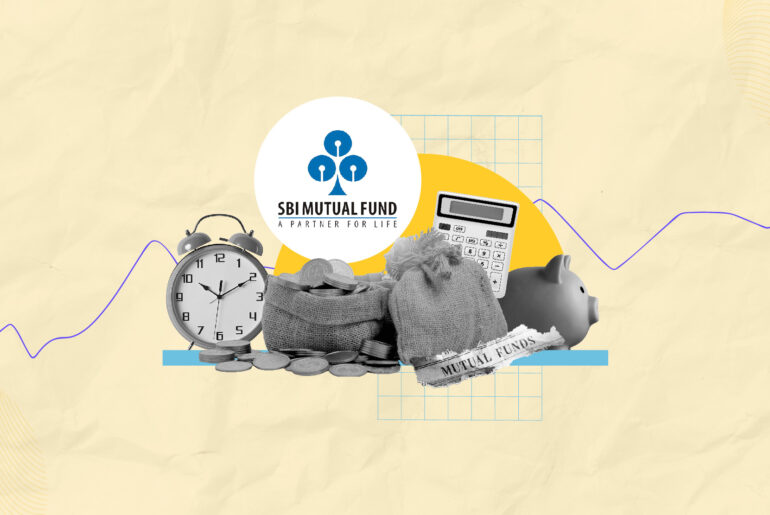Last Updated on Jun 4, 2021 by Arvind Lakhani
Planning retirement is a long and continuous process that starts when you are young. It is one of the biggest life-altering decisions that you ever have to take, and so it must be carefully thought out. Those who start visualising their post-retirement life early on, are the ones who are the happiest.
The article covers:

Firstly, the retirement planning process requires you to figure out all the factors that play an important role in the decision. Right from your first paycheck to when you become a senior citizen, you can plan every stage of your life. There is research and calculations that you must be aware of. Here are some of them:
Table of Contents
1. Inflation rates
When contributing for a long time, many individuals face difficulty in shielding the sum contributed from capital disintegration because of the fluctuating inflation rates. This inflation can now and then disturb the estimation of your corpus and long-term savings. Subsequently, it is vital to ensure that your return on investment (ROI) must be higher than the pace of inflation.
2. Risk appetite
Which kind of investor are you? Are you a risk-taker who wouldn’t shy away from putting a huge sum in values with the desire to earn higher overall revenues? Or are you a conventional investor, who is fine with settling for a lower yet consistent return? Your risk averseness assumes a significant part in retirement planning as well as investment planning. Ensure you comprehend your risk appetite prior to putting your well-deserved money in any retirement fund.
3. Expenses
You should consistently look for options where charges are very sensible. Notice that the more capital you spend on taking an investment, the less you will save towards retirement. This is the motivation behind why you should consistently look at all the accessible investments and then settle for an informed choice.
4. Purpose
Normally, by the time you hit the retirement age in India, you start to grasp the significance of your work to your life’s purpose. This is especially valid for professionals or those who are self-employed. You’ll want to continue the same way, even after you retire. That could mean having a subsequent profession, low maintenance business, or a more conventional charitable contribution. Every one of these can give your life the motivation to get up in the morning, once your income is secure with retirement planning.
Now that you’re aware of key metrics about retirement planning, below are some tips to support your retirement:
In your 20s
Your risk tolerance, number of earning years ahead of you, and fewer responsibilities allow you to benefit from the power of compounding. Hence, it makes sense to start investing right when you earn your first salary so you can accumulate a sizable fund over time. Investing in short-term plans and via SIP can help even if it means setting aside only a small amount every month. Read about a few other instruments that you can trade in stock markets apart from shares here.
In your 30s
Keep a blend of low-risk profile investment tools like debt schemes and less secure plans like ELSS at different development periods of your life. Reinvest in short-term plans as they mature. Pick options that will get you an incredible corpus in under 5 yrs. Meanwhile, make sure that you and your family have enough insurance protection as well. ELSS Funds, EPF and PPF are 2 plans that could give you the power of compounding interest.
In your 40s
At the point when you are planning for your retirement in your 40s, it is essential to give a reasonable thought regarding your post-retirement expenses. This will help you in figuring out what measure of retirement assets will get the job done when the time comes. The rising economy and medical inflation are likewise significant concerns, which you need to take care of. Note that with improved clinical science, your retired life can be expensive. If you can’t sort out your post-retirement cost, you can even compute it with the assistance of different online investments.
At the point when you have determined post-retirement expenses, you need to weigh in on how you can construct a retirement corpus that will be adequate for them. You can settle on government plans like the Public Provident Fund (PPF) and fixed deposits (FD). In any case, you should zero in on the investment tools and plans which will help you beat the inflation rate.
In your 50s
At 50, you would have various objectives that you may need to focus on, like paying for your children’s education, their wedding or your own medical bills. With different objectives, you should have significant sources of income. At this point, your retirement age may be only a decade away, so ensure you consider it early enough to begin planning for it.
To start equipping yourself for a comfortable and stress-free retirement, begin to pay off your credits and obligations faster. Finish with your EMIs when you hit 60s, so your liabilities are met, particularly since you are beginning late. In the long term, you may have put resources into a few alternatives like fixed deposits, savings accounts and other tools; it’s time to pull those out and park this cash in annuity plans and other retirement funds.
In your 60s
Putting resources into a Senior Citizen Savings Scheme (SCSS) can be a decent choice for retired residents over 60 yrs to have a source of income. This is a compelling long-term saving alternative that offers security and added benefits that are given to government-supported reserve funds or investment schemes. These plans are acceptable and accessible through banks and post-offices across India. Senior citizens who are 55 yrs of age, but below 60, and have resigned with an organisational pension program are qualified to open an SCSS account.
At whatever age that you choose to begin planning your retirement, leverage financial tools available online to understand market trends and the level of risks involved. Tickertape offers information about stocks and other various investments that can help you build a personalised investment portfolio based on your needs, risk appetite, and other determining factors.




